Customer experience is what makes retail brands stand out in today’s competitive market. Consumers now expect personalized services, quick answers, and seamless transactions at every interaction.
To please these expectations, retailers are utilizing Data Visualization. Companies can collect and process a lot of customer data. This helps them spot trends in purchases, preferences, and customer mindsets. This data-driven approach helps companies make better decisions. It also boosts customer satisfaction and strengthens loyalty. Big Data is transforming retail customer relationships. It offers personalized recommendations and real-time updates on availability. This blog article explores Top 10 Big Data Improves Customer Experience in Retail in retail. It covers the techniques used and explains why this is crucial for a company’s success.
Understanding Big Data in Retail

Data Visualization refers to the huge volumes of structured data. Unstructured data that companies gather from different sources. In retail, this means checking customers’ past purchases. Online actions, social media posts, loyalty programs, and store sensor data.
The secret behind Data Analytics is not to have the data—content is finding valuable insights by analyzing it. Retailers can discover what customers want by using advanced analytics tools and AI. Retailers can succeed by using Big Data. It helps them see future trends. Provide personalized services, and create a smooth shopping experience.
1. Personalized Shopping Experiences
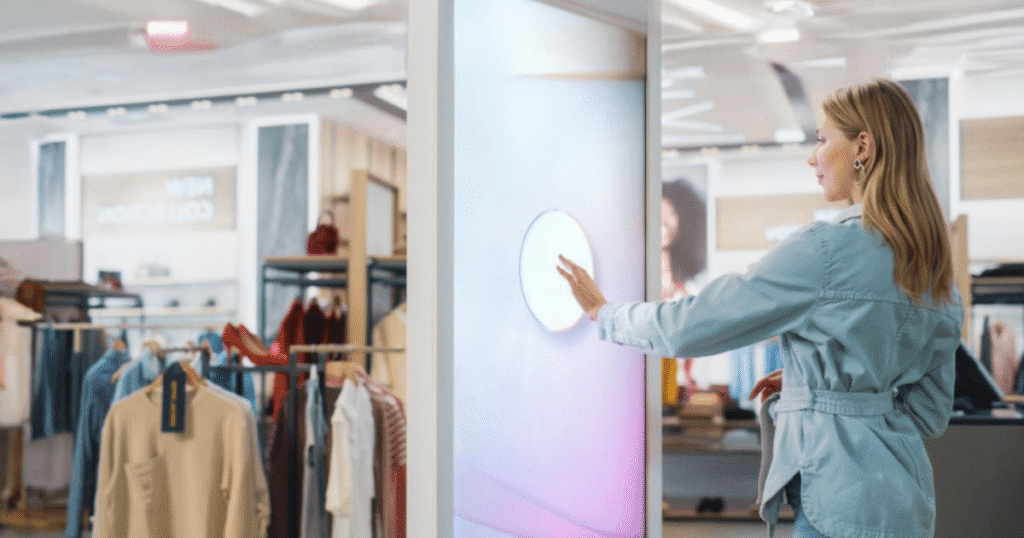
Data Visualization can significantly enhance the customer experience in retail through personalization. Stores can analyze shopper habits. Then, they can offer tailored product recommendations, promotional coupons, and targeted marketing messages.
- Virtual stores: like Amazon and eBay suggest items based on your past purchases and views.
- Benefit: Shoppers matter to consumers. Stores view them as individuals with unique needs that must be met.
This personalization creates loyalty, increases sales, and encourages clients to shop again.
2. Real-Time Inventory Management
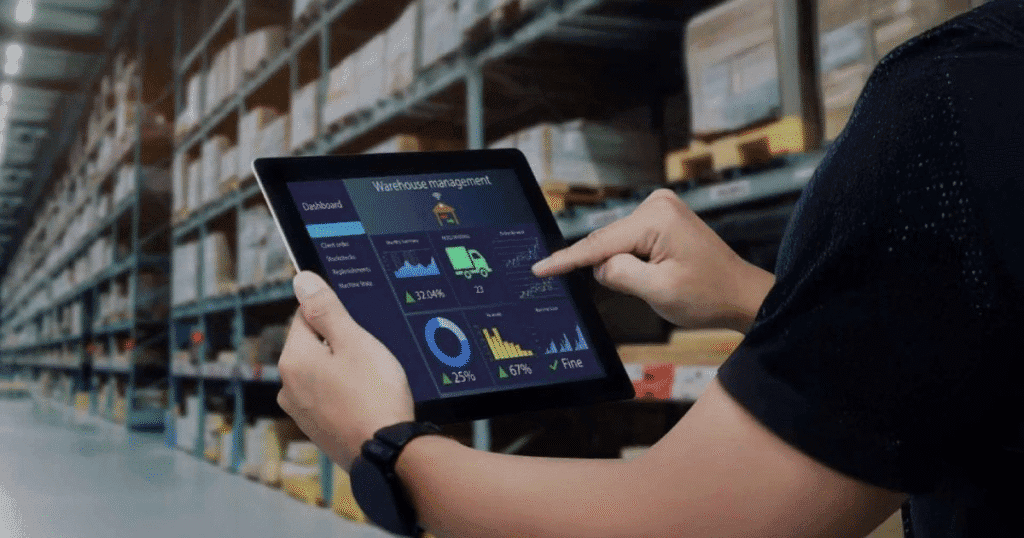
Customers usually get annoyed when the goods they want to buy are not available in the store. Through Data Storage, retailers can better handle the stock. Predictive analytics helps forecast demand. This way, shelves get stocked with the right products when needed.
- In-store advantage: Sensors and data tools let employees know when a product is low on the shelf, even before it runs out.
- Online Advantage: Retailers can update product availability in real time. This helps avoid disappointed customers.
Good inventory management makes the store more reliable. This, in turn, improves the shopping experience.
3. Optimized Pricing Strategies

One of the important factors that lead to customer satisfaction price is. By using Data Storage, the retailers set dynamic prices that change depending on demand, competition, and customer trends.
- Sample: Prices of tickets for airlines and of goods for sale on e-commerce sites usually vary with the changing demand.
- Advantage: Buyers will be glad to find competitive and fair prices and will become loyal customers.
By employing Data Processing for pricing, retailers are able to keep up with the competition while at the same time making customers feel that they are getting their money’s worth.
4. Improved Customer Service

Another way to enhance customer service is by using Data Storage. Retailers can analyze feedback, chat history, and support interactions. This helps them spot common problems and provide quicker solutions.
- AI-powered chatbots collect information to respond immediately and shorten the time of waiting.
- Call centers: Agents use customer information to provide more tailored support.
More excellent customer support results in deeper bonds and higher customer satisfaction rates.
5. Predicting Future Trends

Data Processing provides retailers the power to predict future fashions by sifting through data from social networks, purchase logs, and market trends. This enables companies to introduce products in harmony with customer needs.
- Fashion industry Instance: Fashion sellers follow the trending hashtags to guess the styles that are going to be popular.
- Customer experience: The shoppers get access to the newest products before the competitors.
This proactive method makes customers feel linked to brands that are ahead of the curve.
6. Enhancing Omnichannel Experiences
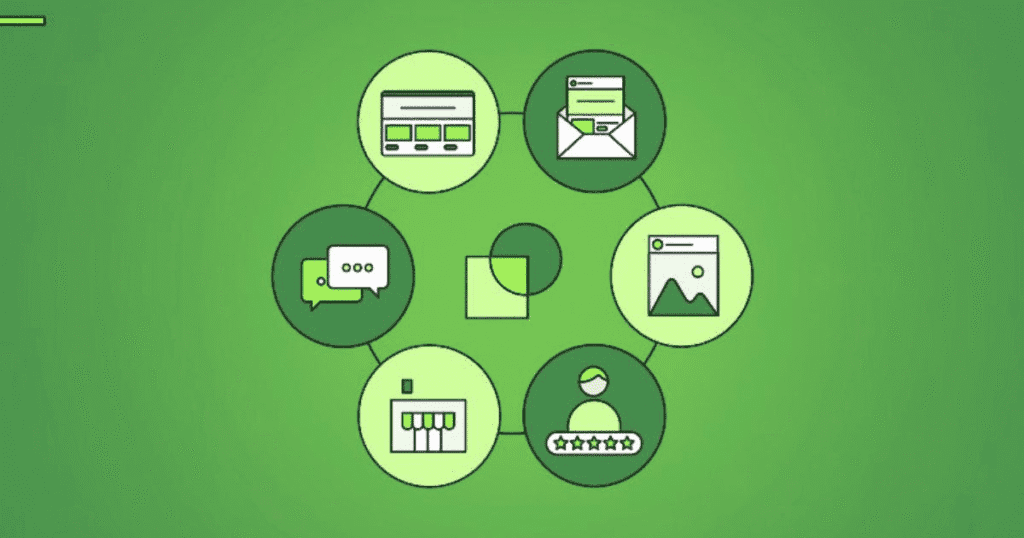
The new customers nowadays use online shopping as well as offline. Data Mining makes it possible for the retailers to combine these two different shopping experiences for one smooth ride.
- Case: For instance, a customer who is browsing products on the web can get some promotions at the store that are based on what he has been doing online.
- Value: Customers can get the same fantastic service whether they are using an app, a website, or going to the store.
This concerted effort increases comfort and satisfaction.
7. Targeted Marketing Campaigns

Data Infrastructure allows retailers to categorize customers according to their likes, gender, and purchasing patterns. Consequently, marketing campaigns can be more accurate.
- Email marketing: Tailored product recommendations that resonate most with browsing history.
- Social media ads: Marketing promotions which vitally correspond to one’s interests and are the target customer.
This move is a step towards cutting down on a great deal of unnecessary marketing while at the same time making sure that customers only see the offers that appeal to them.
8. Reducing Customer Friction

Friction, especially in the case of shopping—like long wait times at checkout, difficult websites, or payment failures—has a negative effect on the customer experience. Data Infrastructure pinpoints where these issues are and gives a helping hand to solve them.
- In-store Representation: Data research pinpoints the opening hours which helps store owners to plan the time to staff turnover during busy hours.
- Online Model: Heatmaps show the difficult spots for users on websites which subsequently leads to favorable redesigning.
Retailers by allowing friction to be minimized deliver a smoother and a more enjoyable experience to their customers.
9. Building Customer Loyalty Programs
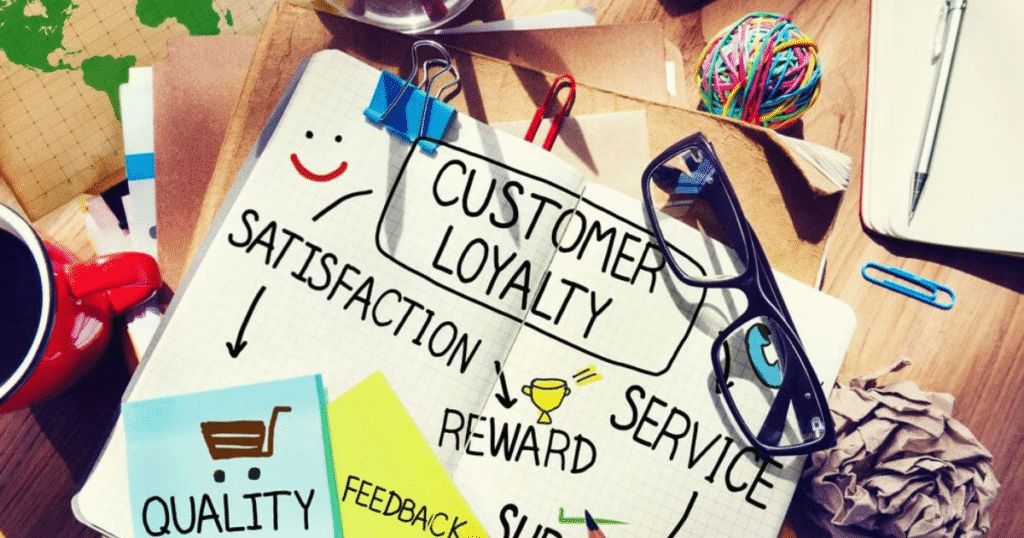
Customer loyalty programs powered by Big Data are much more effective. Retailers may access individual spending habits data with the goal to attract customers by tailored offers.
Data science plays a crucial role in transforming how organizations analyze information and make smarter decisions. By combining machine learning, statistics, and big data analytics, it helps businesses gain actionable insights from raw data.
- For instance:Starbucks app can be used to suggest drinks as well as offer rewards based on consumers past purchasing activities.
- The effect on the customer:The customers perceive the gratification as a result, which eventually keeps them loyal to the store.
The introduction of data-driven loyalty programs means deeper connection between retailers and their customers.
10. Strengthening Trust and Security
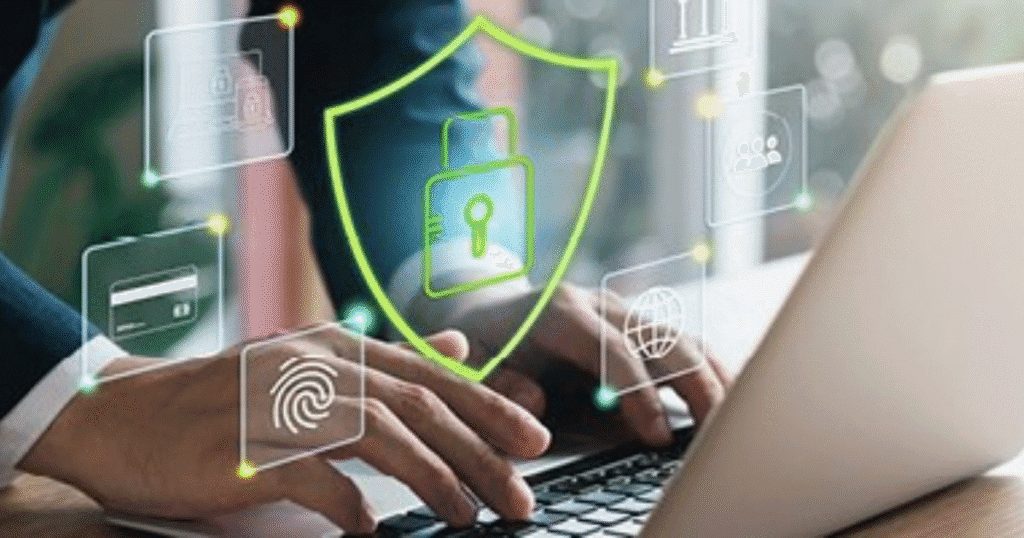
Digital shopping has its drawbacks and one of these is the concern over data security. Data Management tools do not only cater to customer preferences but also monitor fraud and secure sensitive information.
- For Case Study: Fraud detection systems issue smartphones to retailers occupied by suspicious transactions.
- The advantage: Customers are more likely to trust brands that take good care of their data.
Trust, which is the cornerstone of a good customer experience, is assured by Data Infrastructure.
Challenges of Using Big Data in Retail
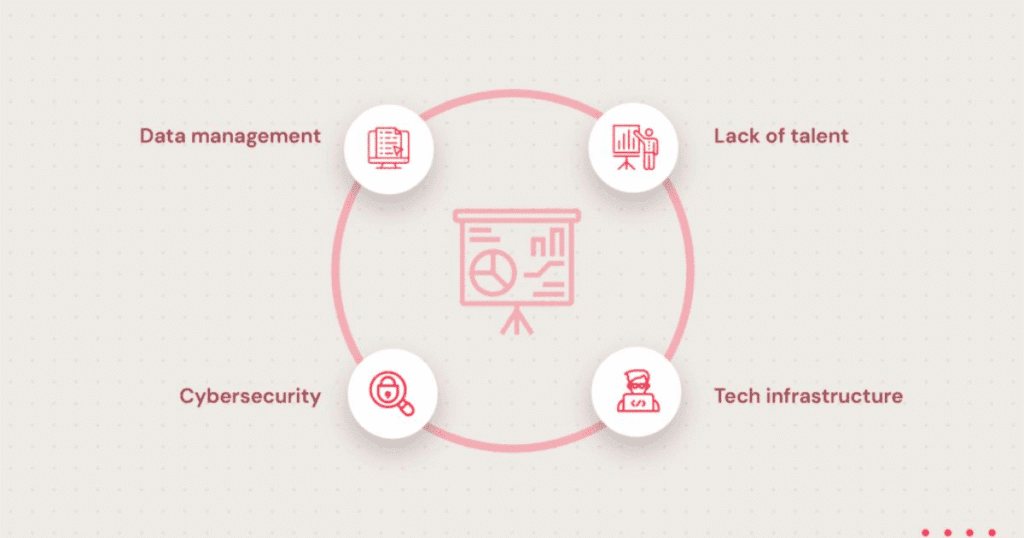
Although Data Management comes with numerous benefits, there are also challenges:
- Data privacy: Retailers must ensure that they manage the personal data of people in a responsible manner.
- Integration issue: Merging offline and online data can become complicated.
- Price: Investments will be necessary to enable the use of sophisticated analytics tools.
Nevertheless, the resulting improvement in customer experience will greatly outweigh these challenges in the long run.
Future of Big Data in Retail
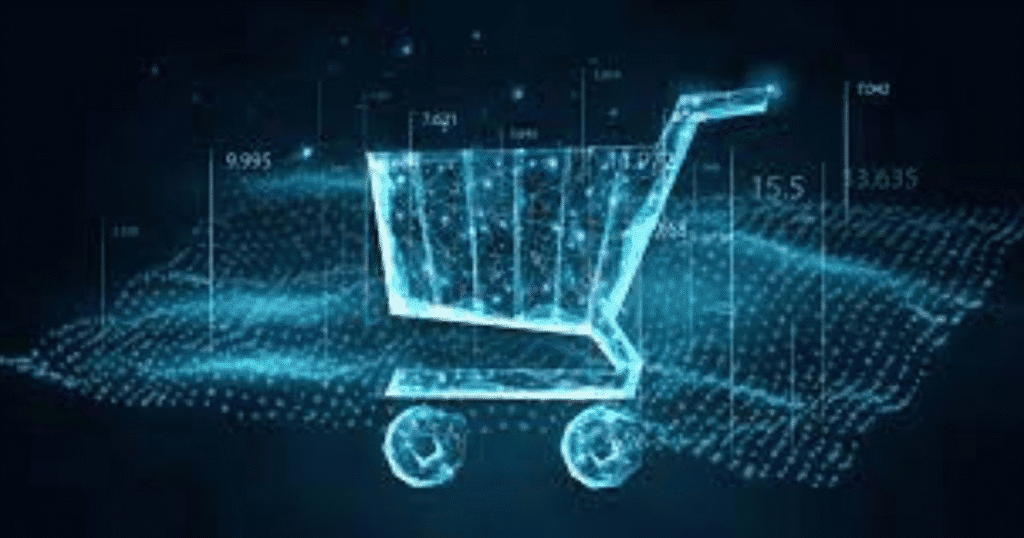
Big Data’s role in retail will grow significantly as technology advances.
Data Science
Conclusion
Big Data has almost outgrown its luxury status and it is being regarded as a necessity in retail. Data Mining in retail has transformed the customer experience. It impacts personalization, pricing, customer service, and loyalty programs. These are key touchpoints for shoppers.
Big Data and Data Science work hand in hand to enhance the way companies understand and serve their customers. While Big Data focuses on collecting and analyzing vast amounts of information, Data Science plays a powerful role in extracting meaningful insights that drive smarter business decisions.
In today’s digital age, the brands that will thrive are those that efficiently utilize Data Science. This helps them provide seamless, personalized, and trustworthy customer experiences.
FAQs
What is Big Data in retail?
Data Management in retail means gathering and analyzing a lot of customer information. This data comes from different sources. These include shopping history, social media, and store sensors.
How does Big Data improve customer experience?
It helps retailers create a personalized shopping experience. They can manage stocks, set fair prices, and respond to customers with efficiency.
Is Big Data safe for customers?
Yes, if someone handles it in the right way. Retailers use security measures to protect customers’ personal data and prevent identity theft.
Can small businesses use Big Data?
Yes. Low-cost tools and cloud platforms now let small retailers use data analytics.
What is the future of Data Mining in retail?
The future involves more advanced personalization, predictive analytics, and AI-powered shopping experiences.






